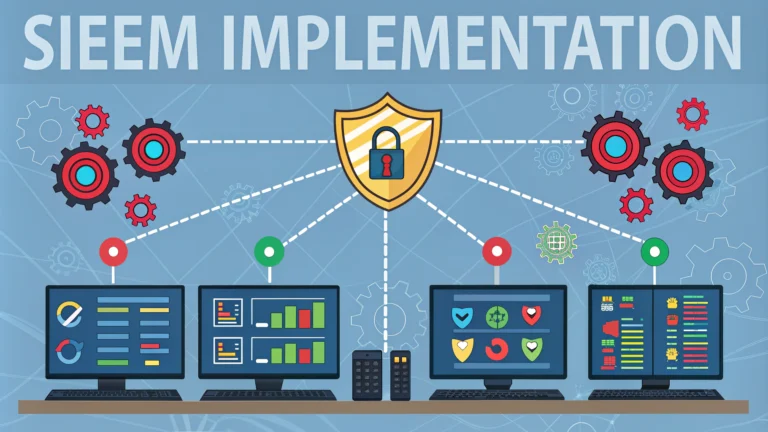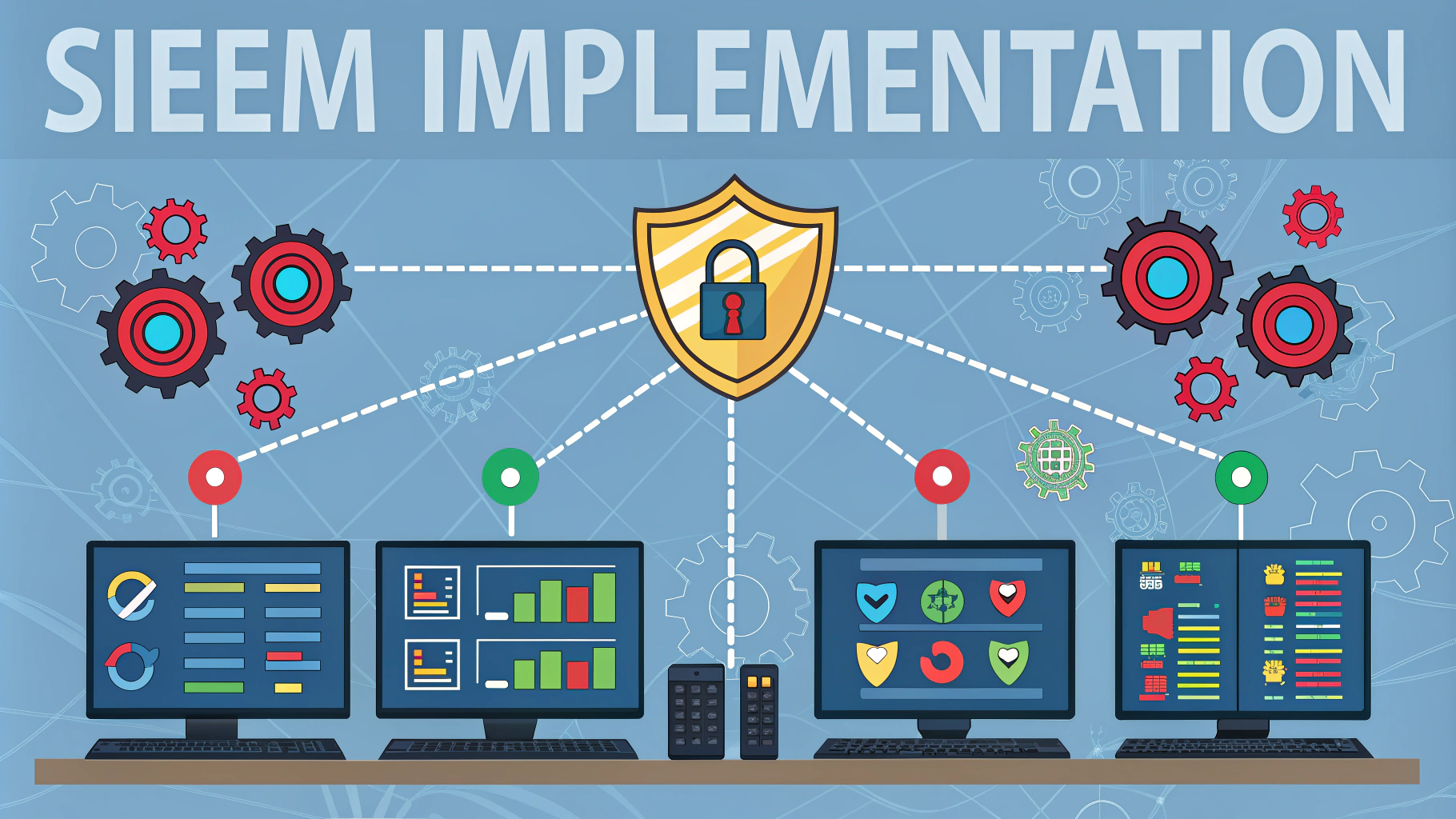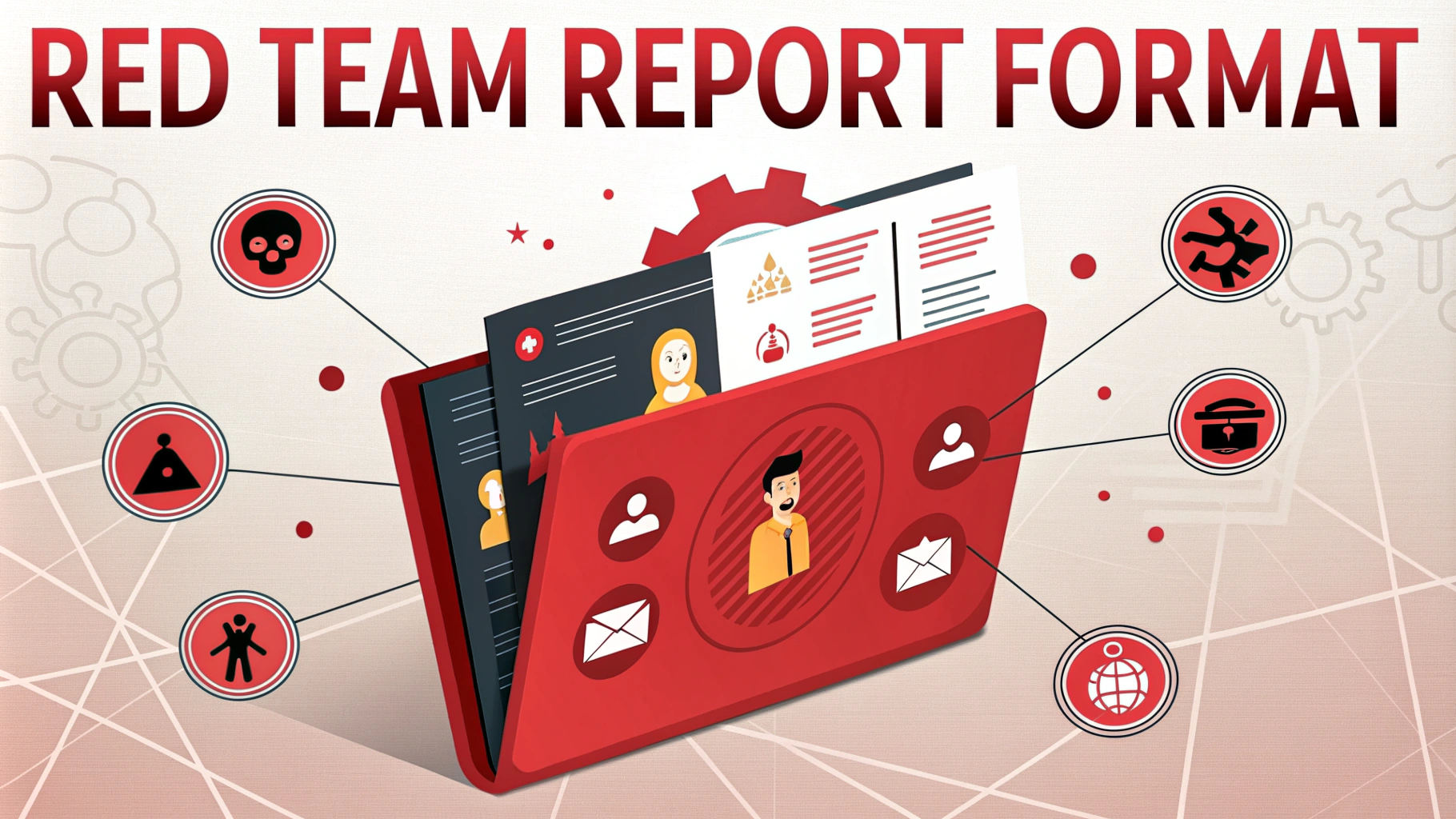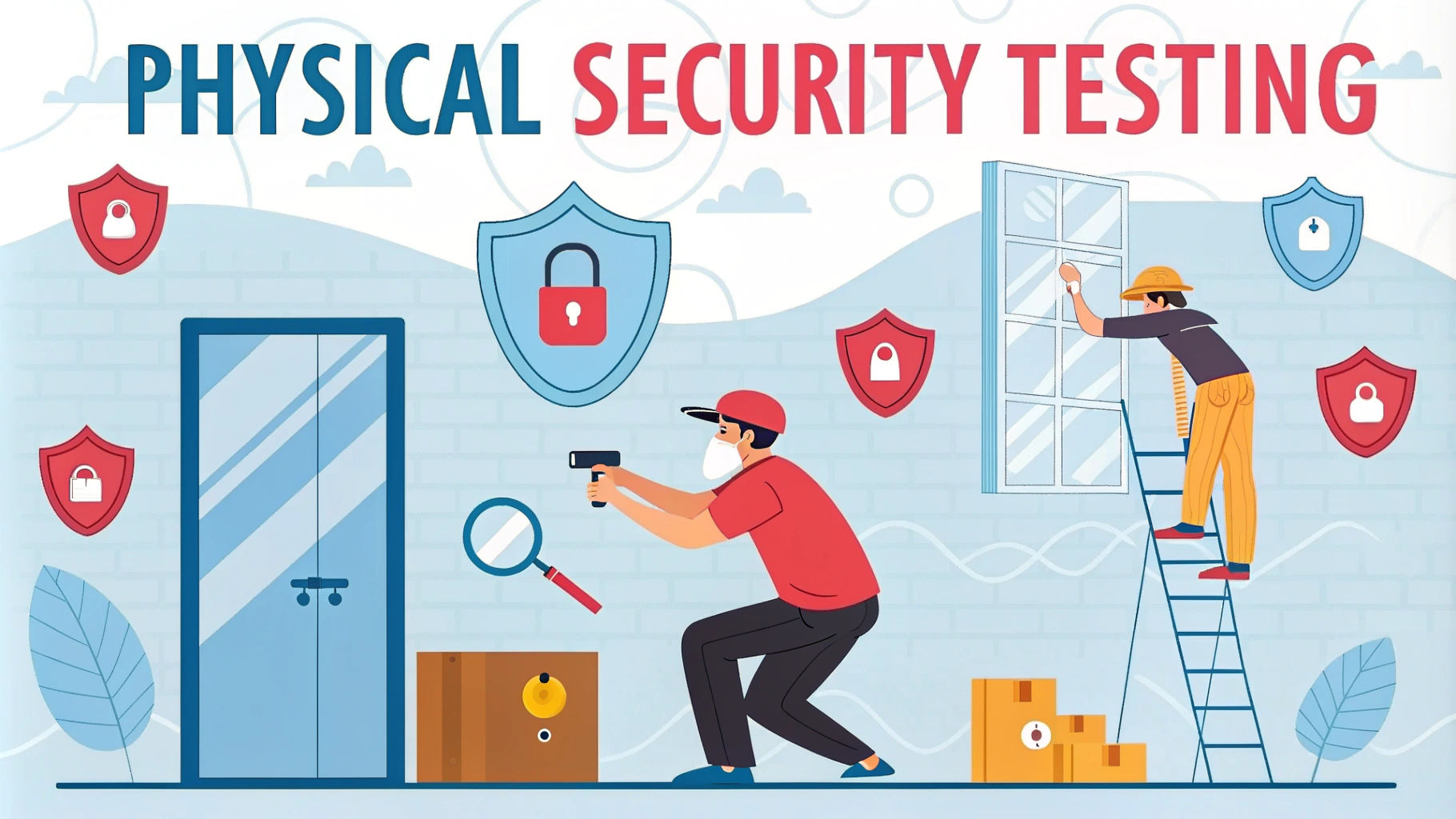SIEM (Security Information and Event Management) systems form the backbone of modern enterprise security operations, collecting and analyzing security data across an organization’s infrastructure.
Penetration testing SIEM implementations helps organizations identify vulnerabilities and misconfigurations before malicious actors can exploit them.
This guide outlines key strategies and techniques for effectively testing SIEM deployments to enhance security monitoring capabilities.
Pre-Testing Requirements
- Obtain written authorization from stakeholders
- Document scope and objectives clearly
- Create test plans with specific scenarios
- Set up isolated test environments when possible
Key Testing Areas
Log source validation ensures all critical security data streams are properly configured and ingested.
Alert rule testing confirms detection capabilities for common attack patterns and security events.
Authentication mechanisms require thorough assessment to prevent unauthorized SIEM access.
Testing Techniques
- Log Generation Testing: Create sample security events to verify proper collection
- Query Performance: Measure search and reporting capabilities under load
- High Availability: Test failover mechanisms and redundancy
- Data Retention: Verify compliance with retention policies
Common SIEM Vulnerabilities
| Vulnerability | Impact | Testing Method |
|---|---|---|
| Weak Authentication | Unauthorized Access | Credential Testing |
| Misconfigured Parsers | Missing Events | Log Validation |
| Poor Encryption | Data Exposure | Network Analysis |
Testing Tools
- Wireshark: Network traffic analysis
- Nmap: Port scanning and service detection
- Custom Scripts: Log generation and automation
Reporting and Documentation
Document all findings with clear remediation steps and priority levels.
Include metrics on detection rates, false positives, and performance benchmarks.
Provide actionable recommendations for improving SIEM effectiveness.
Strengthening Your SIEM Security
- Implement regular testing schedules
- Update correlation rules based on test results
- Monitor performance metrics continuously
- Maintain detailed change management logs
Resources: SANS Institute (www.sans.org) offers detailed SIEM testing frameworks and training.
Contact the MITRE ATT&CK team (https://attack.mitre.org) for additional threat detection strategies.
Ongoing Maintenance
Regular SIEM system maintenance ensures optimal performance and accurate threat detection capabilities over time.
- Schedule monthly rule reviews and updates
- Perform quarterly performance assessments
- Conduct annual architecture reviews
- Update use cases based on emerging threats
Advanced Testing Scenarios
Threat Hunting Exercises
Implement advanced detection scenarios using real-world attack patterns and APT techniques.
Integration Testing
Verify SIEM connectivity with security tools, including:
- Endpoint Detection and Response (EDR)
- Network Security Monitoring
- Cloud Security Platforms
Compliance Validation
| Standard | Requirements | Testing Focus |
|---|---|---|
| PCI DSS | Log Retention | Data Storage |
| HIPAA | Access Control | Authentication |
| SOX | Audit Trails | Logging Accuracy |
Future-Proofing Your SIEM Implementation
Maintaining a robust SIEM testing program requires continuous adaptation to evolving security landscapes.
- Incorporate emerging threat intelligence
- Adopt machine learning capabilities
- Scale infrastructure for growing data volumes
- Enhance automation and orchestration
Remember to align testing strategies with organizational security objectives and industry best practices for maximum effectiveness.
FAQs
- What is SIEM penetration testing and why is it important?
SIEM penetration testing is the process of evaluating Security Information and Event Management systems for vulnerabilities, misconfigurations, and security gaps. It’s crucial for validating SIEM effectiveness in detecting and responding to security threats. - What are the key components tested during a SIEM penetration test?
Key components include log collection mechanisms, correlation rules, alert configurations, data retention policies, user access controls, incident response workflows, and integration with other security tools. - How frequently should SIEM penetration testing be conducted?
SIEM penetration testing should be performed at least annually, after major system changes, updates to correlation rules, or modifications to the security infrastructure. - What are common SIEM vulnerabilities discovered during penetration testing?
Common vulnerabilities include incomplete log sources, misconfigured correlation rules, delayed alert notifications, insufficient log retention, unauthorized access to SIEM console, and bypass of security controls. - How does SIEM penetration testing differ from regular network penetration testing?
SIEM penetration testing focuses specifically on security monitoring capabilities, log management, and incident detection, while network penetration testing targets network infrastructure vulnerabilities. - What testing methodologies are used in SIEM penetration testing?
Testing methodologies include log source verification, rule triggering tests, alert validation, incident response timing tests, authentication bypass attempts, and data collection accuracy verification. - What skills are required to perform SIEM penetration testing?
Required skills include understanding of SIEM technologies, log analysis, security event correlation, penetration testing techniques, scripting abilities, and knowledge of various attack vectors. - What should be included in a SIEM penetration testing report?
Reports should include identified vulnerabilities, missed detections, false positives, rule effectiveness, response time measurements, access control issues, and detailed remediation recommendations. - How can organizations prepare for a SIEM penetration test?
Organizations should document SIEM configurations, update use cases, review correlation rules, ensure complete log coverage, verify access controls, and prepare incident response procedures. - What are the limitations of SIEM penetration testing?
Limitations include the inability to test all possible attack scenarios, time constraints, environmental dependencies, and the challenge of simulating complex attack chains without impacting production systems.








